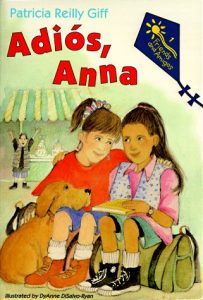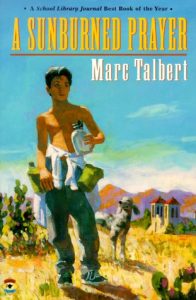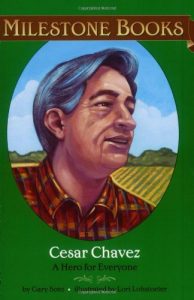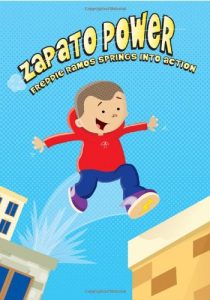
Fifteen-year-old Pearl DeWitt and her mother live in Fallbrook, California, where it’s sunny 340 days of the year, and where her uncle owns a grove of 900 avocado trees. Uncle Hoyt hires migrant workers regularly, but Pearl doesn’t pay much attention to them . . . until Amiel. From the moment she sees him, Pearl is drawn to this boy who keeps to himself, fears being caught by la migra, and is mysteriously unable to talk. And after coming across Amiel’s makeshift hut near Agua Prieta Creek, Pearl falls into a precarious friendship—and a forbidden romance.Then the wildfires strike. Fallbrook—the town of marigolds and palms, blood oranges and sweet limes—is threatened by the Agua Prieta fire, and a mandatory evacuation order is issued. But Pearl knows that Amiel is in the direct path of the fire, with no one to warn him, no way to get out. Slipping away from safety and her family, Pearl moves toward the dark creek, where the smoke has become air, the air smoke. Laura McNeal has crafted a beautiful and haunting novel full of peril, desperation, and love.
See the review at WOW Review, Volume 3, Issue 4

 A photograph, a box filled with toy horses, and a fractured memory are all that Maya has left of her mother. Now, in Grandmother’s house in California, she lives like a captive, until a shocking event changes everything. A world away, in Wyoming, a wild Paint horse, called Artemisia, runs free. In a land where mountain lions and wranglers pose an ever-present threat, Artemisia must protect her new foal, until a devastating act separates them from their bond. Maya’s and Artemisia’s lives will ultimately intertwine. And together, they hold the key to each other’s survival.
A photograph, a box filled with toy horses, and a fractured memory are all that Maya has left of her mother. Now, in Grandmother’s house in California, she lives like a captive, until a shocking event changes everything. A world away, in Wyoming, a wild Paint horse, called Artemisia, runs free. In a land where mountain lions and wranglers pose an ever-present threat, Artemisia must protect her new foal, until a devastating act separates them from their bond. Maya’s and Artemisia’s lives will ultimately intertwine. And together, they hold the key to each other’s survival.



